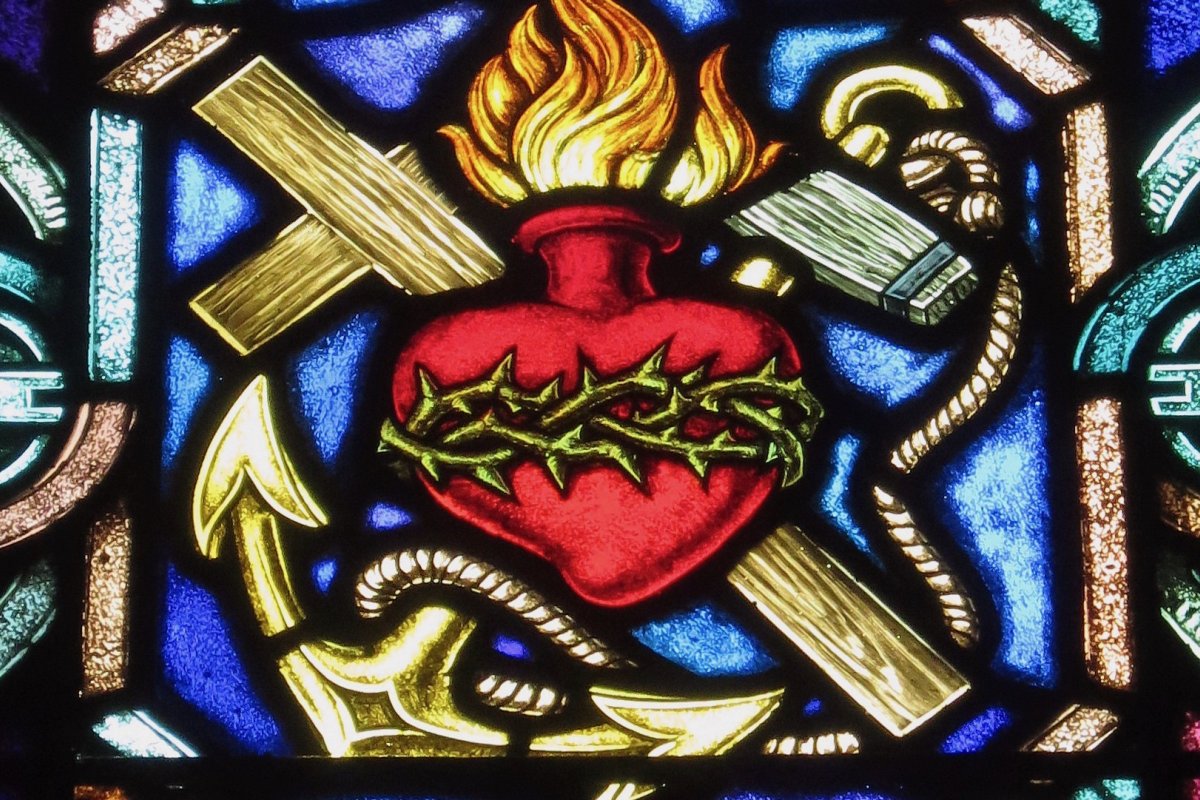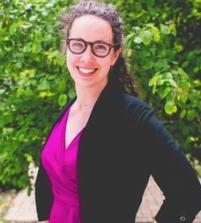
The Power of a Heartbroken Community
In sharing others' pain, faith and church show their true resilience.
The power of heartbreak astounds me.
It catches me off guard. When I pray with congregants via Facebook chat, and it becomes clear that the people losing loved ones to COVID-19, the ones going into work every day in the highest-risk settings, those with limited access to healthcare, the ones facing cuts in hours that jeopardize their ability to pay rent and buy food – when it becomes clear that they’re all the same people – then the waters of anger rise so high that they could drown me.
The question “Where is our faith in the midst of all this?” is continually before me. Its answer is not easy. In those moments, I would describe faith as the levee that keeps me from drowning, the voice that calms the storm, yet leaves in its wake a broken heart.
If I tried to explain the experience theologically, the words of Rita Nakashima Brock might come to mind: “Brokenheartedness…a metaphor for both political oppression and sickness and the damage to the self from complex forms of destruction in our culture.”[1] But it’s perhaps more accurately described physically: a pain in the chest so deep it wrenches your gut.
The pain is heightened by having to continuously bear the message, “Our sacred space, right now, is not a safe space.” By sacred space, I mean the building in which we gather, but I also mean the way in which we gather within it. I mean singing together and hugging and laughing and sharing food. We have not gathered in this space in this way since March. The Sikh American thinker and activist Valarie Kaur writes that “sacred spaces are extensions of our own bodies, and when they are violated, our bodies hurt from the inside.”[2] What happens when they are cut off?
Many members of my church are exiles, refugees, and immigrants. They came from the Philippines, from Burma, from the Caribbean, from El Salvador. They left home because home was, to quote Warsan Shire, “the mouth of a shark.”[3] And for many of my congregants, church became a new home. It is a safe space, in which to speak the most familiar language, eat the most familiar food, and draw near to God in the way the heart knows best.
These are the same people losing loved ones. Going into work every day. Worrying about paying food and rent. Now told the safest space for their souls is not, in fact, safe for their bodies. To even speak such words as a leader feels cruel, even when they come from the deep and sacred desire to honor the preciousness of each congregant’s life and to protect the community around us.
Where is our faith in the midst of all this?
There is power in a brokenhearted community. Rita Nakashima Brock says “Brokenheartedness, when we can acknowledge it, reveals both the heart’s original grace and its virtually indestructible presence.”[4] To acknowledge the pain of another, even when doing so will again break my already-broken heart: that is the challenge. And faith is trusting that when my heart is broken completely open, that is where I will find grace.
The community is powerful when it honestly shares with one another the depth of its pain, whether across Zoom, Facebook Chat, or from behind masks and six feet apart. Valarie Kaur also says, “When we allow ourselves to be changed by the experience of another’s pain, we build bonds with people we once called strangers… It takes bravery to grieve well.”[5] We are powerful when we hear each other’s pain and can still say, “We will get through this together.”
Yet there is even more power than this. The power in a brokenhearted community has, at times, astounded me.
It astounded me when our church council said, “we miss one another fiercely…. Yet ‘the most important thing we can do as a church this year is to serve as a polling place,’" endeavoring to create the safest space possible for people from the broader community to make their voice heard in government.
That power astounded me when our church, though we cannot gather in our sacred space each week, still worked to make the space as safe as possible for a small group of Black artists to record a celebration of the legacy of John Lewis, lifting up both the cry of brokenheartedness and the urgent call for its healing.
The church that serves the world with a broken heart is powerful. As one of my favorite Latin American hymns tells us, “Cuando el débil a su hermano fortalece… va Dios mismo en nuestro mismo caminar.” When the weak one strengthens his brother, then we know that God still walks along the road with us.
Where is our faith in the midst all this?
In the church that pours its broken heart out like water, I see faith glisten.
[1] Rita Nakashima Brock, Journeys by Heart: A Christology of Erotic Power, (New York: Crossroad Publishing Company, 1988), p. 76.
[2] Valarie Kaur, See No Stranger: A Memoir and Manifesto of Revolutionary Love (New York: Random House, 2020), p. 41
[3] Warsan Shire, “Home.” Retrieved from https://scholarblogs.emory.edu/complit203/2017/05/02/password-dance/.
[4] Brock, p. 76.
[5] Kaur, p. 58, 63.
Image courtesy of Wikimedia Commons.
Sightings is edited by Daniel Owings, a PhD Candidate in Theology at the Divinity School. Sign up here to receive Sightings via email. You can also follow us on Facebook and Twitter. The views and opinions expressed in this article are those of the author and do not necessarily reflect the position of the Marty Center or its editor.


